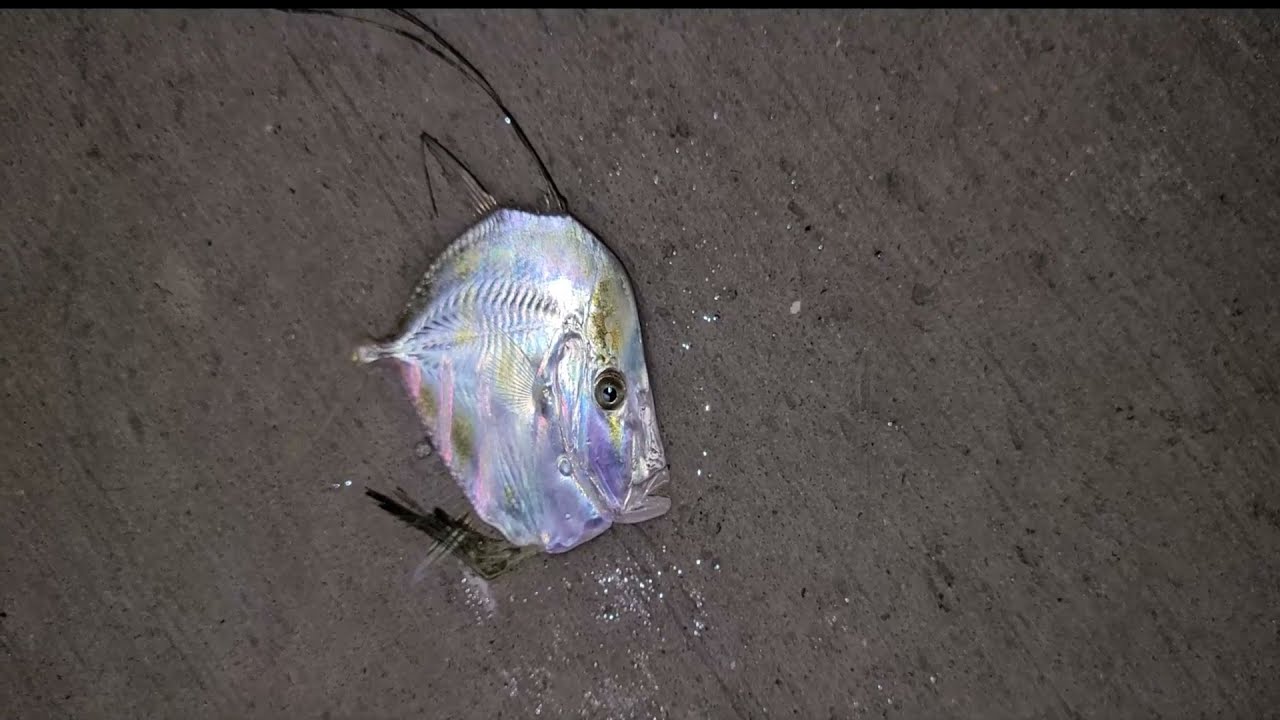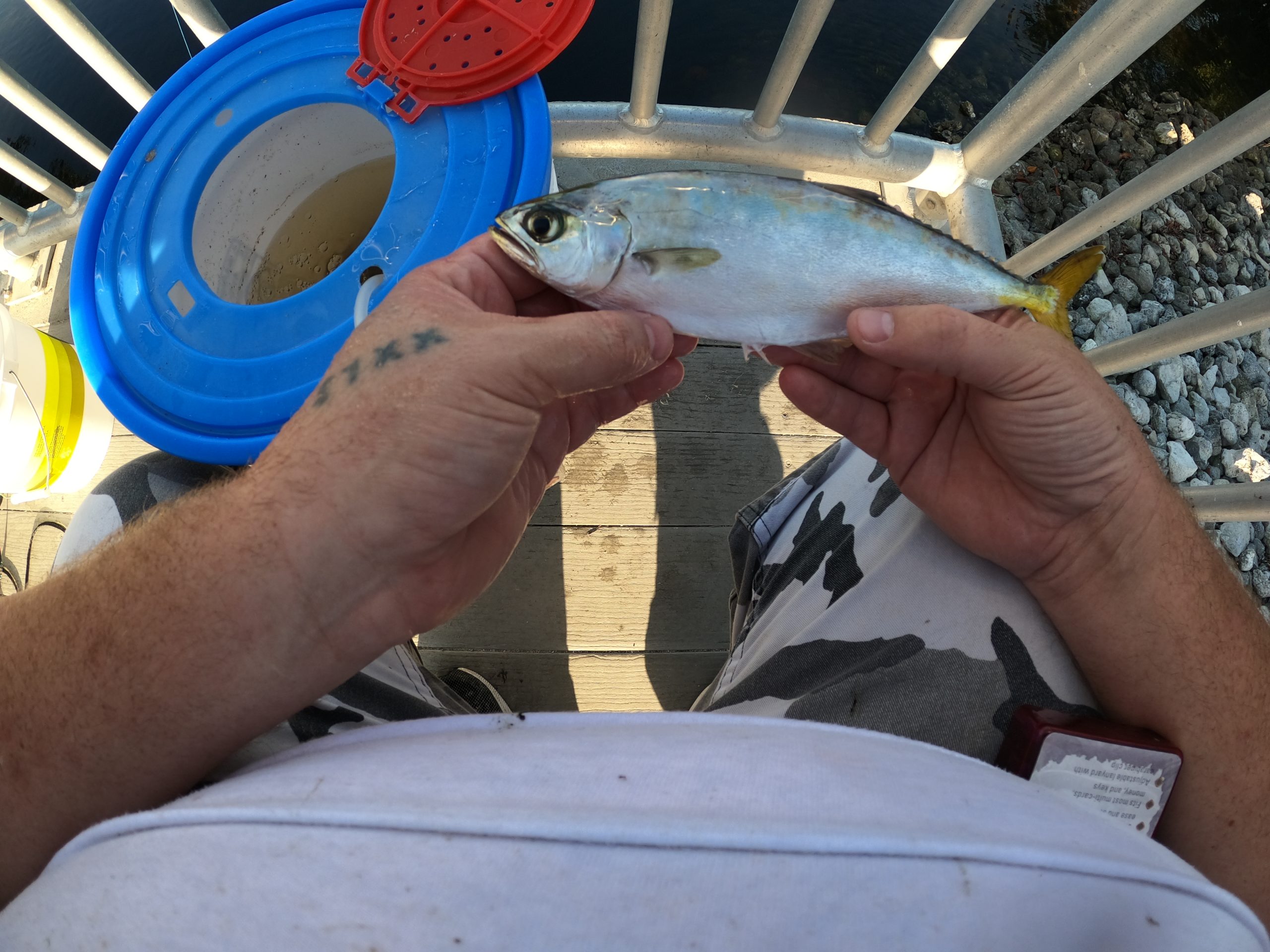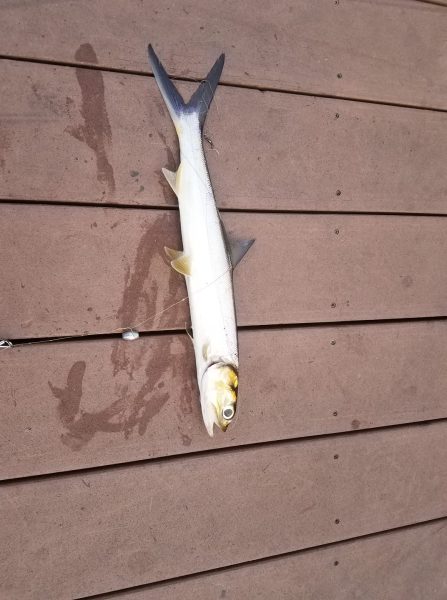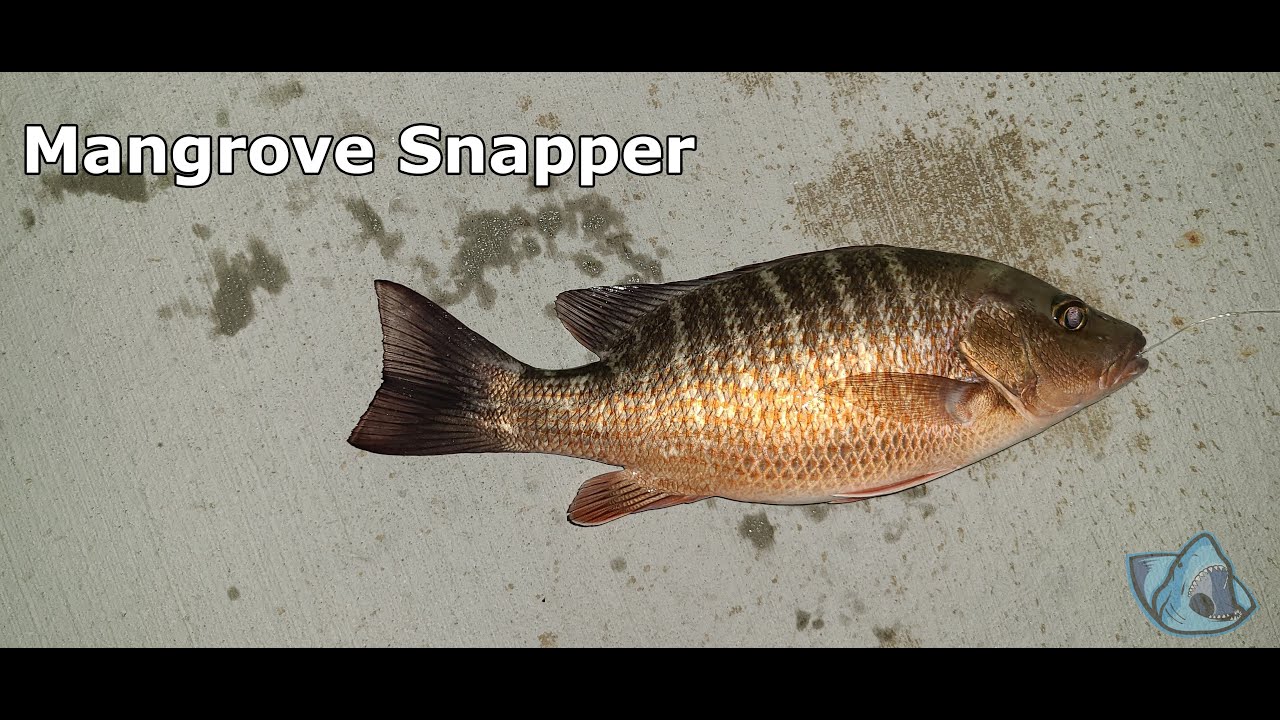Lookdown (Selene vomer) Identification
The ocean, with its vastness and diversity, is home to some truly marvelous creatures. One such creature is the Lookdown fish, scientifically known as Selene vomer. This fish is not only a sight to behold, but possesses fascinating characteristics that set it apart from other species. In this blog post, we will delve into the world of Lookdown fish and uncover the reasons behind their marvel.
Appearance and Physical Features
Lookdown fish are easily recognizable due to their unique appearance. They have an elongated, laterally compressed body with a distinct diamond shape. Their silvery coloration, along with a dark band that stretches across their eyes, adds to their charm. Adults can grow up to 15 inches in length, making them a substantial presence in the underwater world.
Habitat and Distribution
Lookdown fish are primarily found in the western Atlantic Ocean, ranging from Massachusetts to Brazil. They inhabit a variety of environments, including shallow coastal waters, sandy bottoms, and even the ocean’s surface. These fish are known to be highly migratory, often moving in schools to search for food or find more favorable conditions.
Feeding Habits
When it comes to feeding, Lookdown fish have quite an appetite. They are opportunistic predators who feed on a diverse range of prey. Small fish, crustaceans, and plankton make up a significant portion of their diet. Their ability to swim quickly and change direction effortlessly helps them capture their prey with precision.
Defenses and Adaptations
Despite their delicate appearance, Lookdown fish possess unique defenses and adaptations that aid their survival in the ocean. Their body shape allows them to blend in with the surrounding water, making it difficult for predators to spot them. Moreover, their large eyes provide excellent vision, allowing them to detect potential threats, including larger predatory fish.
Social Behavior
Lookdown fish are generally social creatures and tend to form large schools. These schools can consist of hundreds or even thousands of individuals. It is believed that staying in a group provides protection against predators, as there is safety in numbers. Additionally, being in a school allows them to coordinate hunting efforts more effectively, increasing their chances of catching prey.
Reproduction and Life Cycle
The life cycle of Lookdown fish is remarkable, especially in terms of reproduction. They are known to reproduce through external fertilization, where females release eggs into the water, and males simultaneously release sperm. Once the eggs are fertilized, they float in the water until they hatch into larvae. These larvae then undergo a series of developmental stages before reaching adulthood.
Importance to Ecosystem
Lookdown fish play a crucial role in maintaining the balance of ecosystems they inhabit. As predators, they help regulate the population of smaller fish and crustaceans, preventing them from becoming too abundant. Additionally, Lookdown fish serve as prey for larger predatory species, contributing to the overall food chain dynamics in the ocean.
Conservation Status
The conservation status of Lookdown fish is currently listed as least concern by the International Union for Conservation of Nature (IUCN). However, like many marine species, they face potential threats from habitat degradation, overfishing, and environmental pollution. Continued monitoring and conservation efforts are essential to ensure the long-term survival of this marvelous fish.
Encounter with Lookdown Fish
If you ever have the opportunity to encounter Lookdown fish while diving or snorkeling, consider yourself lucky. Their graceful presence and unique appearance make for a mesmerizing experience. However, always remember to admire these creatures from a respectful distance, allowing them to go about their natural behavior undisturbed.
In conclusion, Lookdown fish (Selene vomer) undoubtedly deserve their reputation as marvelous creatures. With their striking appearance, interesting adaptations, and important ecological role, they are a fascinating part of the marine world. Let us appreciate and protect these incredible fish as we continue to explore and appreciate the wonders of the underwater realm.
Share this content:







Post Comment
You must be logged in to post a comment.